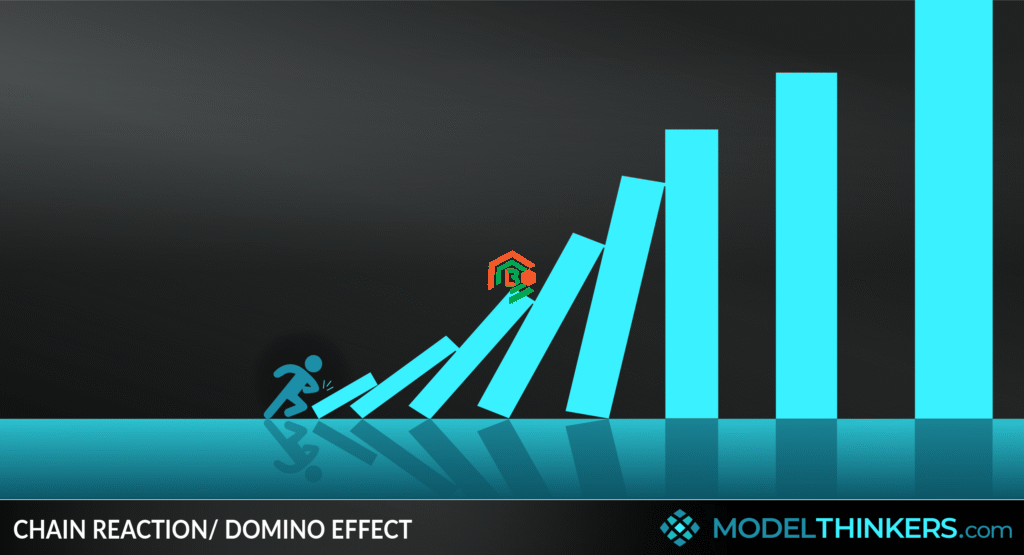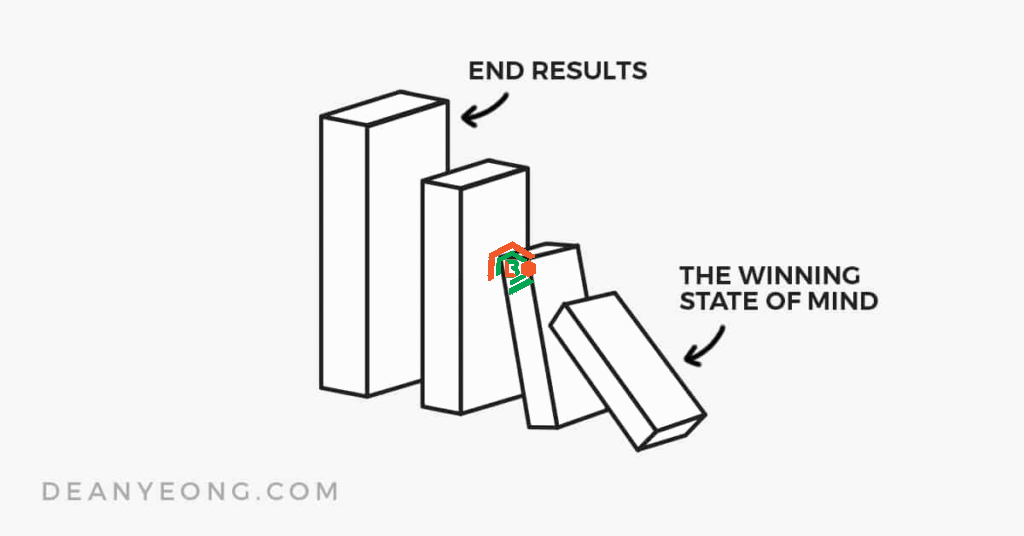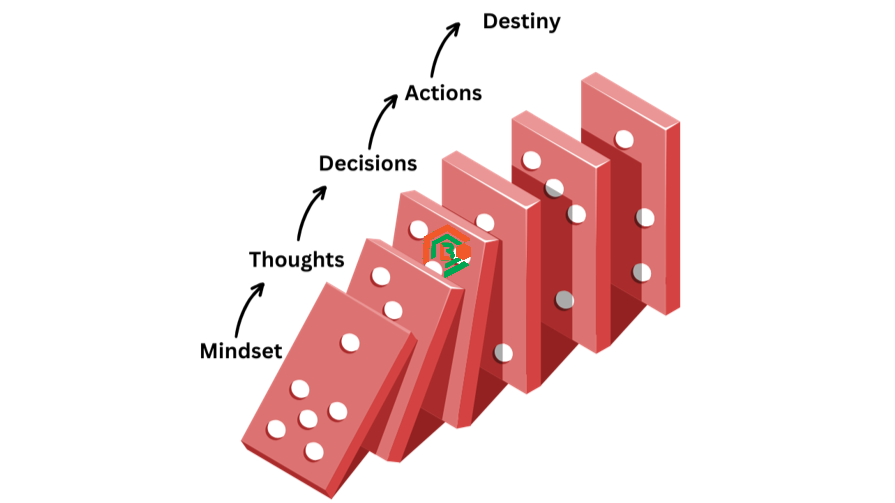The phrase “domino effect adalah” may look complicated at first, but the meaning is actually very simple. Just like when you push one domino and all the others fall in a line, the domino effect describes how one small action can lead to a chain of many other results. This idea is not just about games, but about real life, science, learning, and even our feelings. In this article, we will explore what the domino effect means in easy words, see examples from everyday life, and understand why it matters for kids and adults alike.
What Does “Domino Effect Adalah” Mean in Simple Words?
If you have ever played with dominoes, you know the fun: line them up in a row, touch the first one, and then watch as each domino falls and makes the next one fall too. That falling chain is called a domino effect.
So, when we say “domino effect adalah”, it means a small event can start a bigger chain of events. For example, if you forget to set your alarm clock, you wake up late. Because you wake up late, you miss the bus. Because you miss the bus, you are late to school. One small mistake (not setting the alarm) created a whole line of bigger problems. That is the domino effect in real life.
This concept is also sometimes called a chain reaction, ripple effect, or cause-and-effect sequence. No matter the name, the main idea is always the same: one small thing can set off a series of changes, just like a row of dominoes falling.
Real-Life Examples of the Domino Effect
The domino effect is not just a toy trick; it shows up everywhere in life. Imagine a person smiling at you when you feel sad. That small smile might make you feel better, so you go home and talk kindly to your family, and then they feel good too. One little smile becomes a chain of happiness.
Another example is money management. If someone spends a little more than they earn, they might borrow money. That borrowing grows into debt, then stress, and sometimes health problems. Again, one small choice starts a line of bigger effects.
From classrooms to the natural world, the domino effect appears in different shapes. The best part is that it can be both positive (leading to good results) or negative (causing problems).
Where Do We See the Domino Effect Every Day?
Even if we do not notice it, the domino effect is happening all around us every single day. Let us explore some common areas where this cause-and-effect chain shows up.

In Nature
Nature is full of domino effects. For example, when bees disappear from an area, flowers do not get pollinated. If flowers do not grow, then fruit and vegetables reduce. When food is less, animals and humans are also affected. One small change in nature creates a long chain reaction.
Another natural domino effect is climate change. If the ice melts in the Arctic, sea levels rise. If sea levels rise, some places flood. When floods happen, people lose homes and animals lose habitats. It all starts with a small temperature change.
In School or Learning
In school life, domino effects are easy to spot. If a student starts reading a few pages every day, that small habit can grow into better reading skills, higher grades, and even more confidence in life. A small start leads to a big result.
On the other hand, if a student misses homework one day, they might not understand the next lesson. If they do not understand the lesson, they may lose interest in the subject. Slowly, this can cause bigger problems in learning. Again, one small event sets off the chain.
In Our Feelings
Feelings also work like dominoes. A kind word can make someone’s entire day brighter. That person might then help another friend, spreading positivity further. This is the positive domino effect of emotions.
But negative feelings also spread. If someone says something unkind, it can hurt feelings. That hurt can turn into anger, and anger can cause fights. This is the negative domino effect in emotions. That is why understanding our feelings is important, because even one word can start a whole chain of results.
Why Is the Domino Effect Important to Understand?
Understanding the domino effect helps us see the power of small actions. Sometimes people think, “It’s just a tiny choice, it does not matter.” But in truth, even the smallest choices can change the path of our day, our future, and even the world.
For kids, learning this idea early can help with habits like studying, exercising, and being kind. For adults, it reminds us that small steps—like saving money, eating healthy, or showing gratitude—can lead to huge changes. The domino effect teaches us responsibility, because our actions do not stop with us; they move forward into other people’s lives.
The Science Behind the Domino Effect
The domino effect is not only a fun idea; it is also supported by science. Physicists explain that when one domino falls, it transfers its energy to the next. That energy keeps moving until all the dominos fall. Interestingly, research shows that a domino can knock over another domino 1.5 times larger than itself. This means one small domino has the power to set off a chain that grows bigger and bigger.
In psychology, the domino effect explains how one small habit can lead to major life changes. For example, if someone starts walking for 10 minutes daily, that can improve mood. Better mood can improve sleep. Better sleep can improve focus. Focus leads to better work or study performance. Scientists call this habit stacking, but it is really just another name for the domino effect.
Common Mistakes People Make About the Domino Effect
Although the idea is simple, people often misunderstand the domino effect. Let us clear up a few common mistakes.

It’s Not Always Negative
Many people think of the domino effect as something bad, like problems piling up. But the domino effect can be positive too. For example, learning one new skill can lead to better jobs, more opportunities, and more happiness.
Not Just About Falling Dominos
The term comes from the game, but it is not limited to dominoes falling. It applies to life, nature, science, society, and even emotions. Whenever one action triggers another, it is a domino effect—even if no real dominoes are involved.
How to Use the Domino Effect in a Good Way
Instead of fearing the domino effect, we can use it to our advantage. Start with one small good habit: drink more water, write one kind note, read one page of a book. That one action can start a chain that improves health, relationships, and knowledge. The key is to choose the first domino wisely.
Why “Domino Effect Adalah” Matters
The phrase “domino effect adalah” matters because it gives us a simple picture of a complex truth: small things grow into big things. In schools, workplaces, families, and even in nature, this chain reaction is everywhere. By understanding it, we can make smarter choices, prevent problems early, and create positive changes that spread far beyond ourselves.
The Bottom Line
The domino effect is more than just a toy trick. It is a lesson about life itself. When we say “domino effect adalah”, we are talking about how one event sets off another, creating a chain reaction. We see it in nature, in learning, in emotions, and in everyday habits. The power of this idea is that it reminds us: even the smallest action matters. Whether positive or negative, one choice can lead to another, and another, and another—just like dominoes falling in a row.


